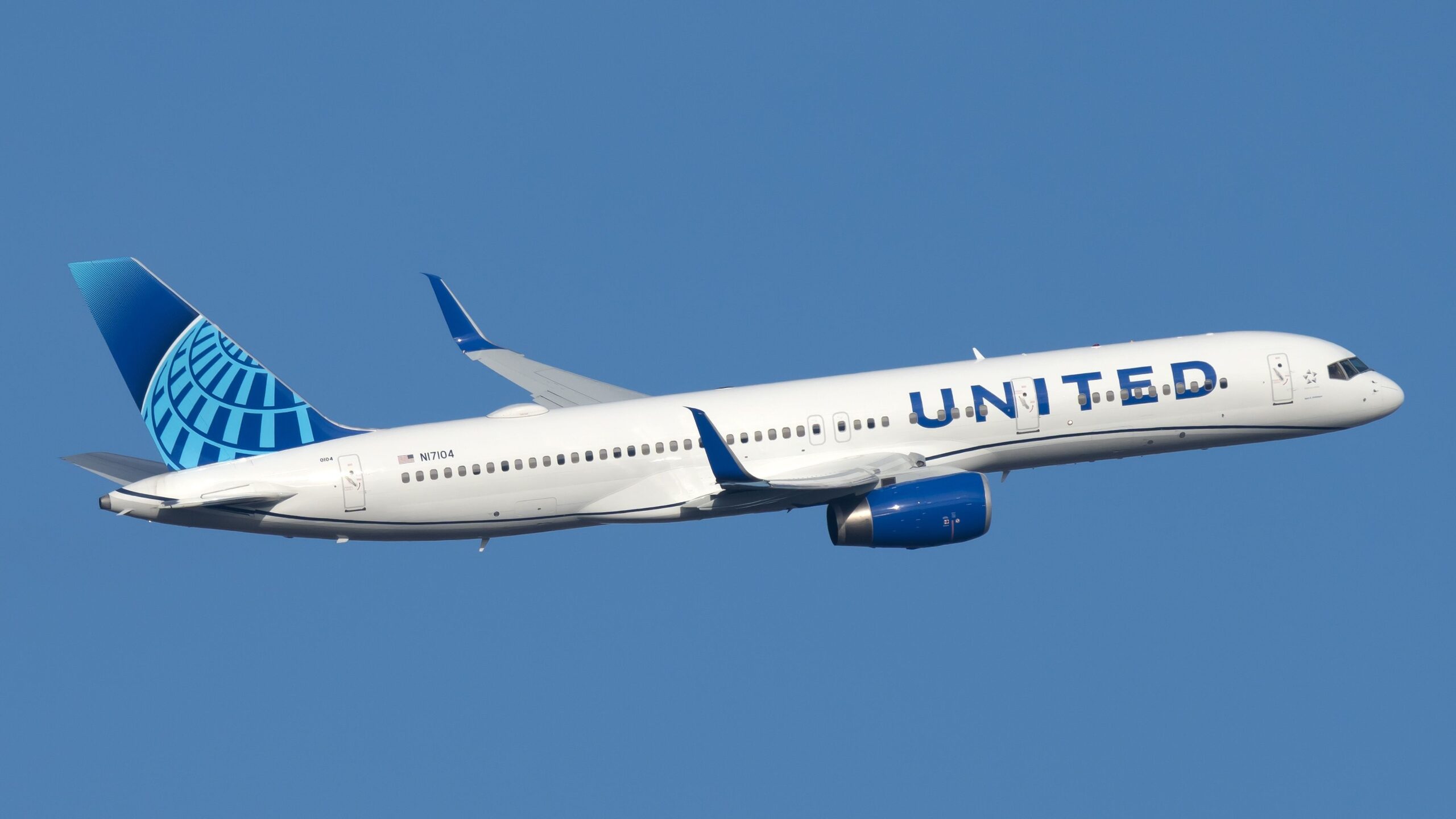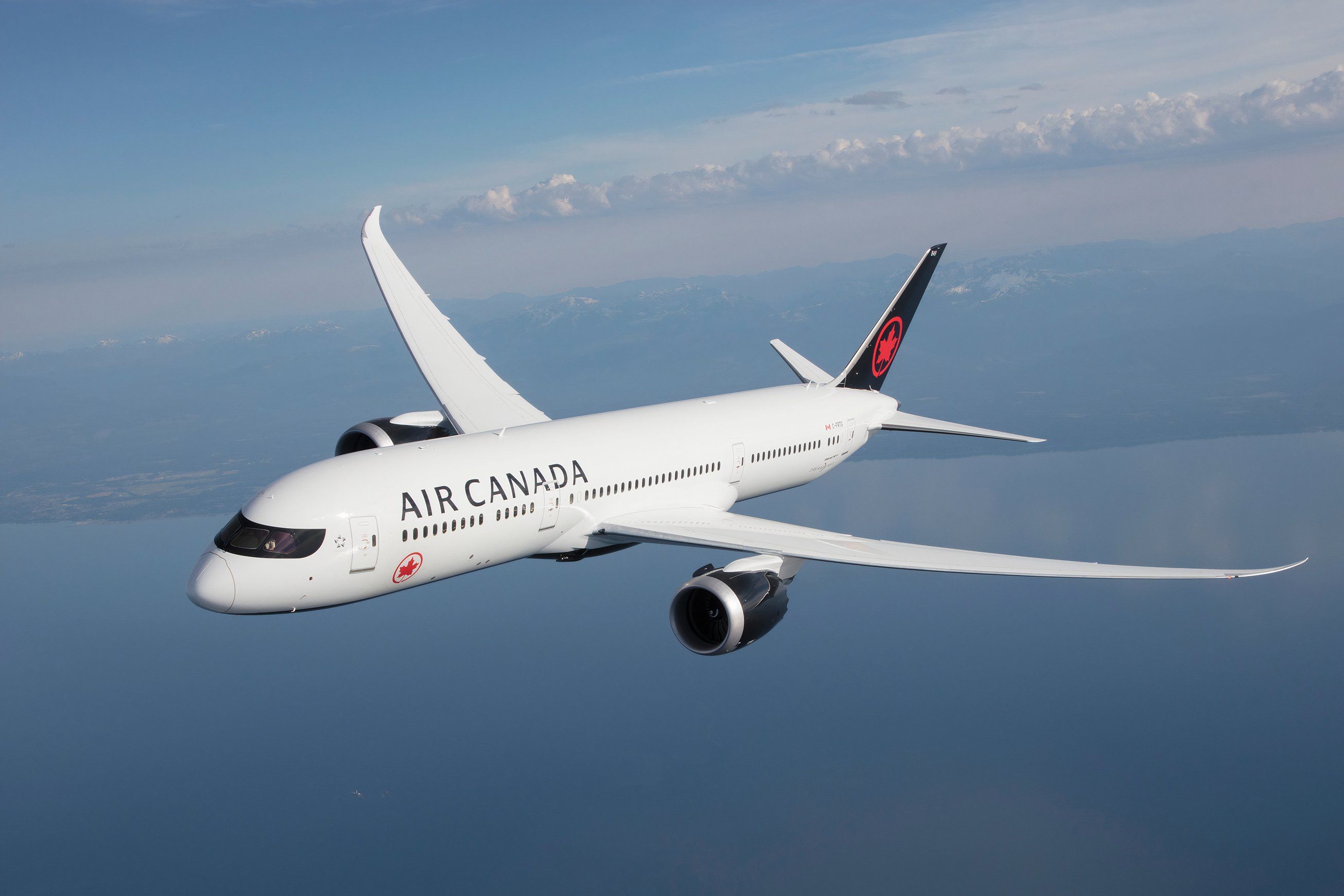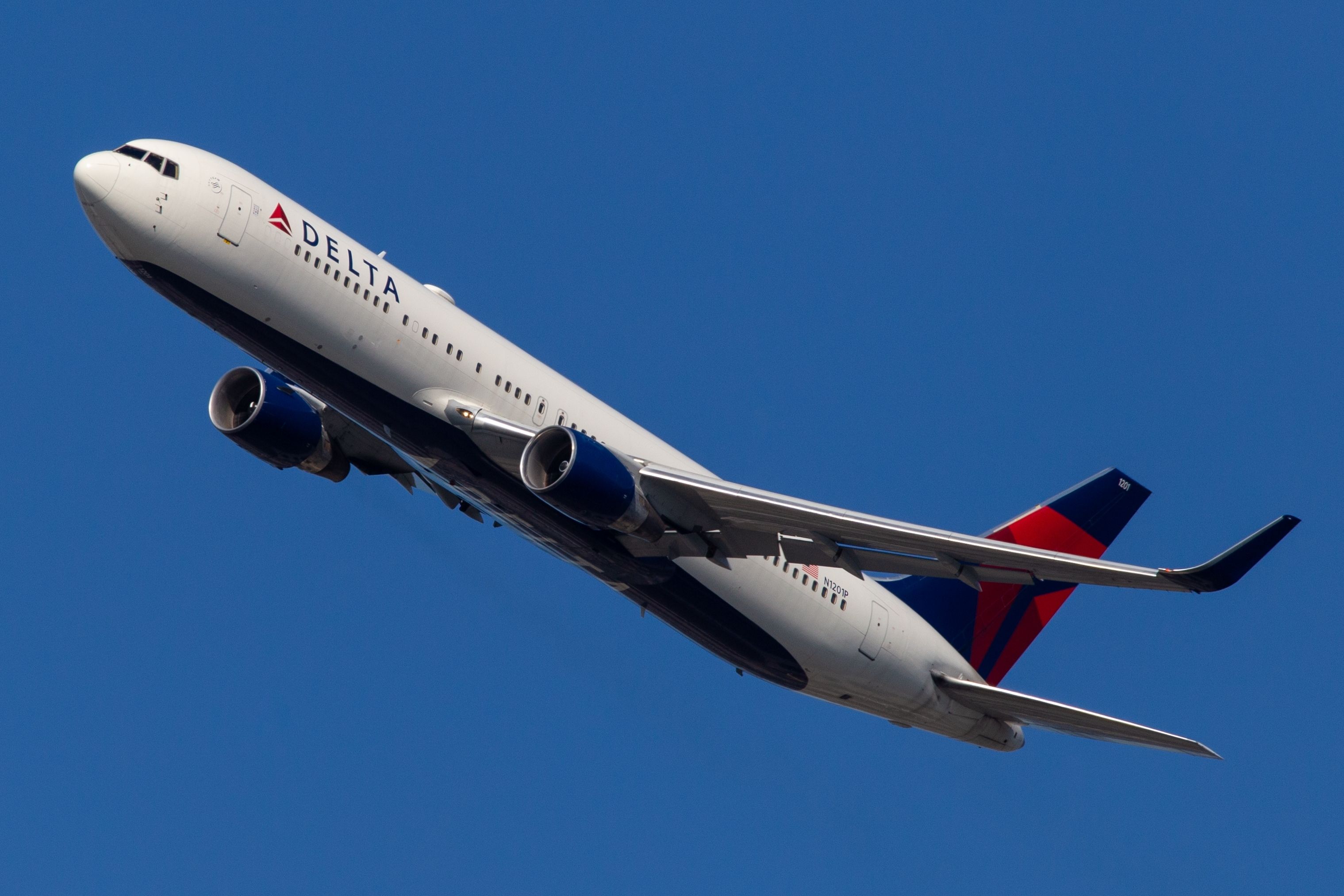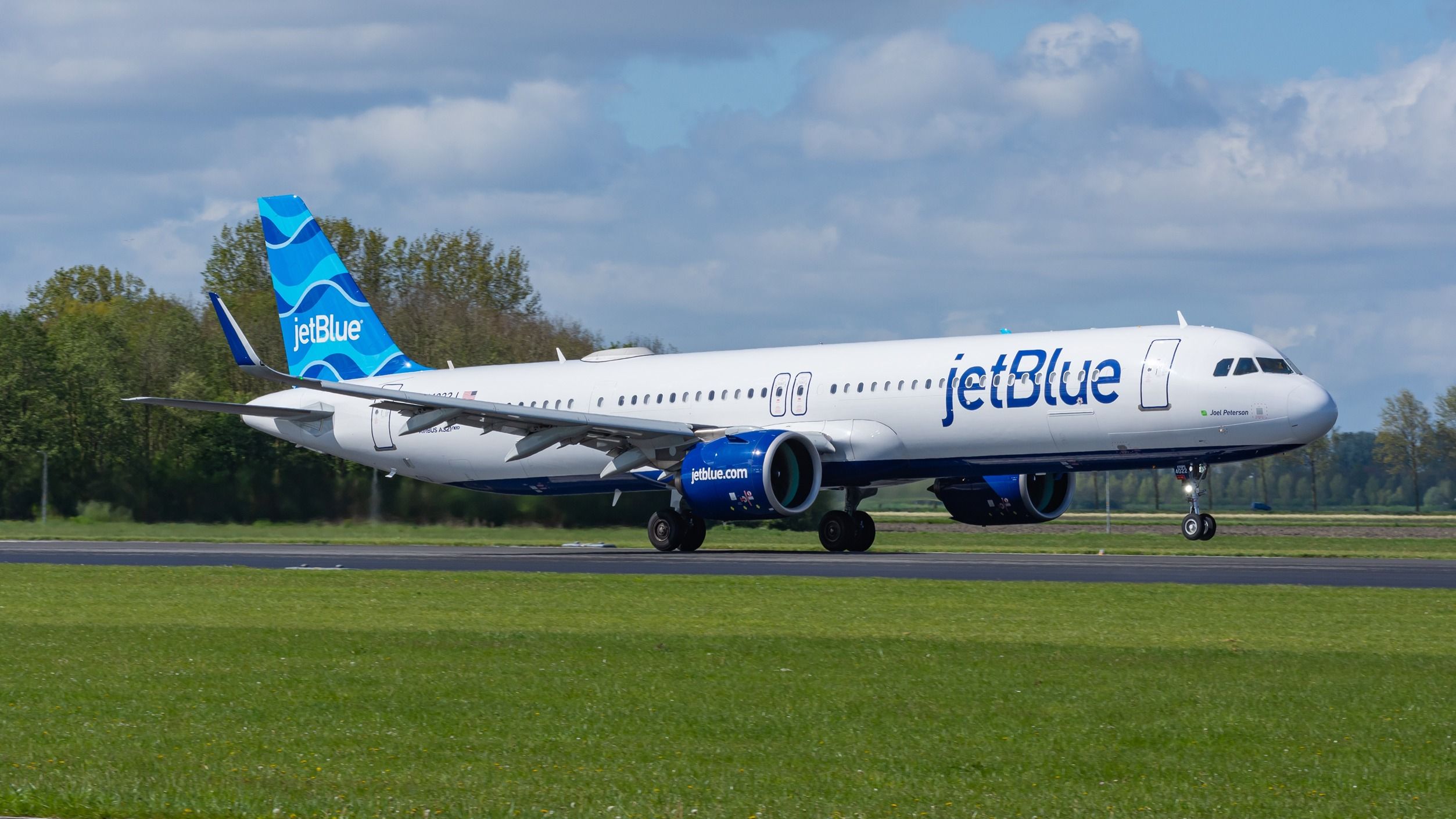Summary
- Brussels Airport is keen on expanding operations in North America.
- The airport does not offer very many destinations in the US or Canada compared to its neighbors like Paris and Amsterdam, but has recently attracted additional growth from United and Air Canada.
- There are continued efforts to attract airlines globally, with a possibility at expanding into South America and further in Asia in the future.
Belgium’s largest aviation hub, Brussels Airport (BRU), has recently seen some significant enhancements to its intercontinental network, relaunching many flights to destinations previously served but later suspended.
This includes the recent return of
![]() Singapore Airlines
Singapore Airlines
, which halted its flights between its namesake and the Belgian capital through the COVID pandemic. Brussels Airlines also reentered the Brussels-Nairobi market on Monday morning after a nine-year hiatus.
On the sidelines of the relaunch event, Simple Flying had a chance to speak to Brussels Airport CEO Arnaud Feist to see what is in store in terms of future network growth.
Prioritizing North America
A key focus for the airport is North America, a lucrative market in which it has struggled to gain market share for years. Despite being overshadowed by neighboring Amsterdam Schiphol (AMS) and Paris Charles de Gaulle (CDG) in terms of network size in the US and Canada, Brussels Airport has recently been able to expand.
The recent agreement between the Lufthansa Group,
![]() United Airlines
United Airlines
and
 Air Canada
Air Canada
to create a US-Africa hub in Brussels is slowly coming together. Brussels Airlines launched its service to Nairobi this morning, fed largely by existing operations from North America.
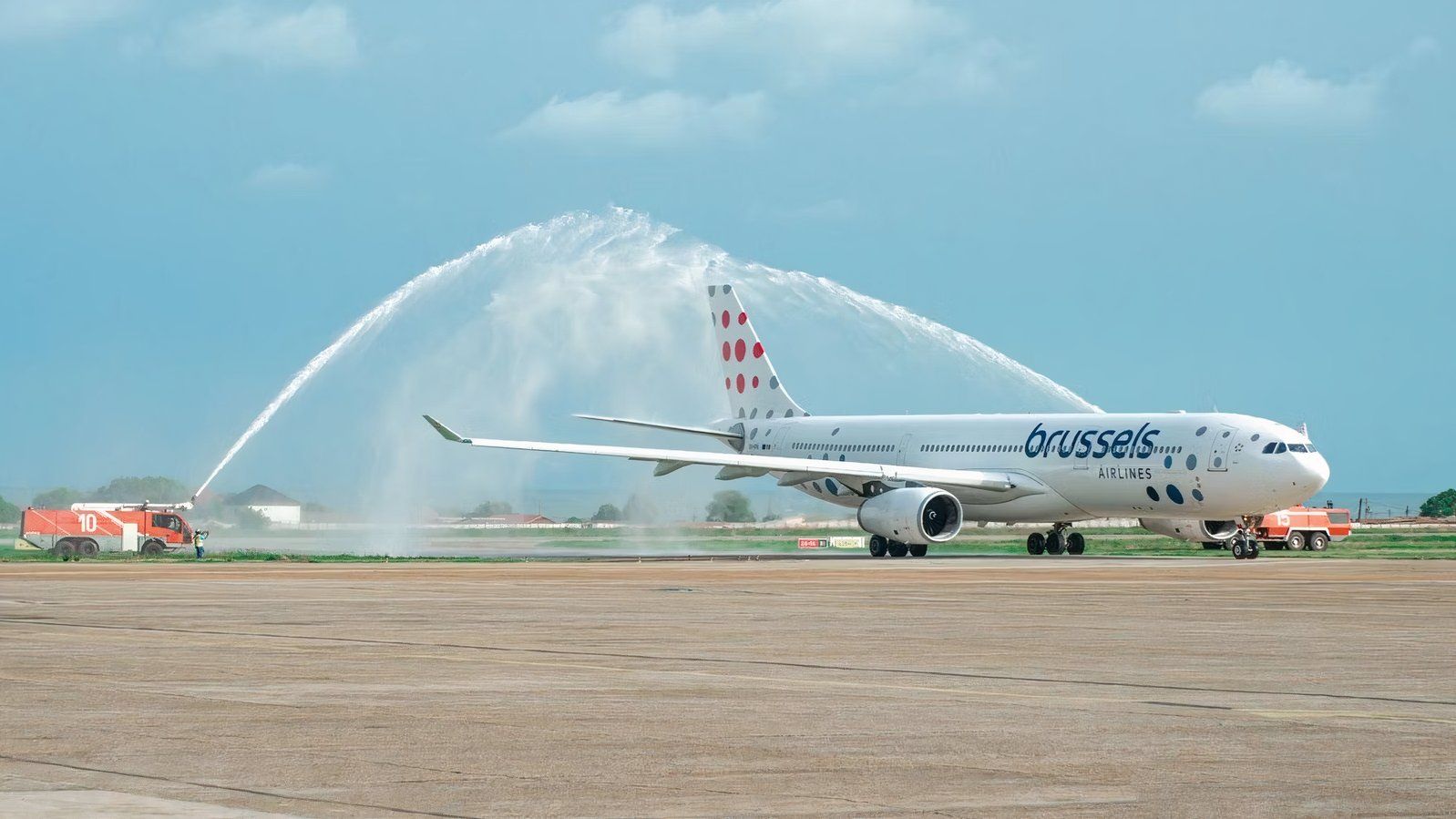
Related
24 African Destinations For Brussels Airlines Following Kenya Return After 9 Years
Nairobi has more flights than it did the last time it was served.
Of these, United Airlines has just added a second daily flight from Newark for the 2024 summer season. Air Canada, meanwhile, brought its summer seasonal Toronto to Brussels flight back, operating four times a week.
Photo: Air Canada
When asked about network expansion in general, Feist told us:
“We are working especially with North America as a primary target for us, together with Brussels Airlines, United Airlines, and Air Canada.”
But it may not just the joint venture partners who will facilitate additional growth in the the continent. Brussels Airlines is a primarily
![]() Star Alliance
Star Alliance
hub, so naturally, the airport is searching for connections from the group, as that makes the most sense.
“Now we’re speaking to a number of airlines. We are also a Star Alliance hub so we are obviously talking to Star Alliance carriers. But we don’t exclude anyone so we have a lot of contact in the market.”
Possible airlines and routes
The CEO described North America as having “very big potential.” When asked about the airlines it is in discussions with, he responded that it was “too early to mention names.”
Photo: Wenjie Zheng | Shutterstock
Let’s look at some of the possible routes based on booking data from 2023. The following unserved routes emerge at the top of the list in the number of two-way passengers that flew point-to-point from Brussels:
- Miami (MIA): 42,038 (58 passengers daily each way)
- Los Angeles (LAX): 37,796 (52 PDEW)
- San Francisco (SFO): 36,661 (50 PDEW)
- Boston (BOS): 32,400 (44 PDEW)
While these numbers are trifled in comparison to the 175,929 passengers between Brussels and New York JFK in 2023, that is not to say that they are not on the table. While Toronto ranks poorly (in relative terms) on this list with 35,399 passengers, it still has a connection through Air Canada on a Boeing 787-9 albeit seasonal. Chicago, operated by United, is close to 48,987 passengers last year.
Could Boston with JetBlue be next?
It goes without saying that the likelihood of services from the US West Coast is very low, considering the operational cost such a lengthy flight would require. However, the potential for additional US East Coast expansion is clear, perhaps more particularly so from Boston.
JetBlue has an extensive and growing network from BOS, with year-round services to Paris, London, and Amsterdam, as well as seasonal flights to Dublin with its narrowbody Airbus A321LRs. In other words, a transatlantic service offering significantly less capacity than a widebody A330, yet still efficient.
Photo: Minh K Tran | Shutterstock
Simple Flying put the question of JetBlue to the airport CEO.
“We are looking at many different airlines. I won’t mention any at this stage. Nice try!”
Boston is not a new idea: in 2018, Primera Air announced it would launch four weekly direct flights between Brussels and Boston with its Boeing 737 MAX 9 as of May 2019. Unfortunately, this never happened, as the airline declared bankruptcy later that year. At the time of the initial announcement, Feist said:
“A new route for our airport is Boston, home to many pharmaceutical and biotech companies which are also a key industry in our country.”
Intercontinental growth
Brussels Airport has been growing its network in recent months, catching up with the lost capacity primarily from the COVID pandemic. Services to Singapore returned with Singapore Airlines in April, operating four times weekly with the A350. Thai Airways also announced just last week that it too would be returning to Brussels with a direct flight from Bangkok in December with a Boeing 787-8.
In addition, the airport saw the return of flights to Nairobi with Brussels Airlines on Monday, marking the end of a nine-year hiatus since the carrier suspended the service back in 2015. Future growth on the long-haul front is crucial to the BRU strategy. Feist tells us:
“That’s really our strategy: to make Brussels Airport, an even bigger player on the Intercontinental network.”
When asked whether that development extended beyond North America and Africa, the CEO admitted that while that is on the horizon, those destinations are harder to obtain.
“Of course, Asia, and we still have to hope to have a first connection to South America in the coming years. Well, it’s a bit more challenging. Clearly a big and ambitious plan.”
The recent controversial environmental permit issued by the Flemish government is not stopping BRU from attempting to attract new airlines and destinations. Feist remains optimistic that negotiations further down the line will help ensure the airport can continue its expansion beyond 2030.
“Well, the new environmental permit received is good news: we have a permit for the future, we are able to grow because within 10 years, there will be some further discussions to see how we can grow beyond the current limit. But, you know, we see a lot of headroom to keep growing, and especially to keep growing to intercontinental destinations.”
Do you think Boston is on the table? Let us know in the comments below.

